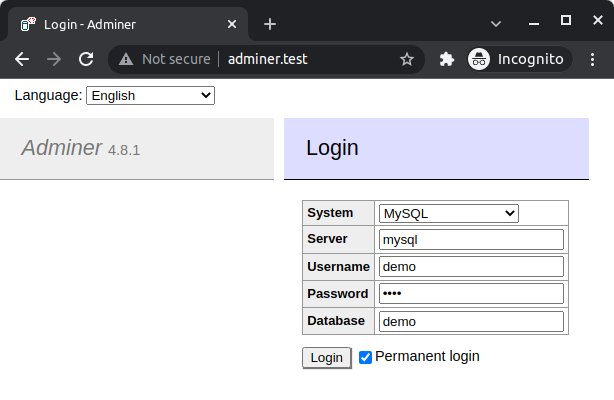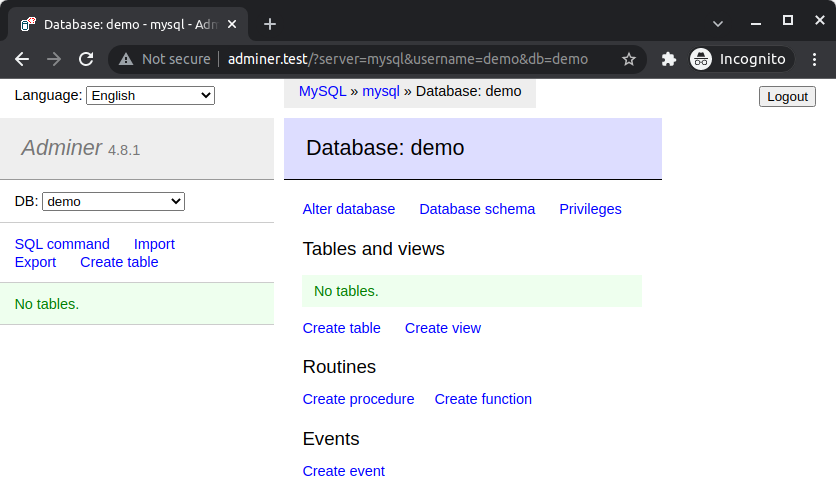The task is to create a news aggregator website designed to collect articles from various sources and present them in a user-friendly and visually appealing format. This project demands the utilization of Laravel for the backend development and React for the frontend implementation.
Users must have the capability to register an account and subsequently log in to the website, facilitating the preservation of their preferences and settings.
The system should enable users to conduct article searches based on keywords and refine the search results by a date, category, and source.
Users should be able to customize their news feed by selecting their preferred sources, categories, and authors.
The website's layout and functionality must be optimized for seamless viewing across various mobile devices.
Backend: PHP 8.1 + MySQL 8 + Nginx 1.21.4 + Adminer
Refer to the configuration settings in the .env files.
Add the following lines to the /etc/hosts file:
127.0.0.1 adminer.test
- Duplicate
/.env.exampleinto/.envfile and specify all relevant settings.
install required node_modules:
cd frontend
npm install
Three types of News API have been selected: The Guardian, NewsAPI and The New York Times News. The corresponding API keys are needed to be specifed in /frontend/.env file:
REACT_APP_GUARDIAN_KEY=
REACT_APP_NEWSAPI_KEY=
REACT_APP_NYTIMES_KEY=
Install vendor modules, create the database and setup the initial dataset:
cd backend
composer install
php artisan migrate
php artisan db:seed
Initiate all necessary containers:
docker-compose up --build
Open your preferred web browser and enter the following URL:
http://localhost:3000/
Ensure that you have initiated the project by running npm run dev in the terminal. This command will start the development server and make the website accessible at the specified URL.
All API calls are directed to the backend using the Header:Authorization key. This key's value is retrieved from the .env files of both Laravel and React projects and must correspond. The user's UUID is stored in localStorage.

